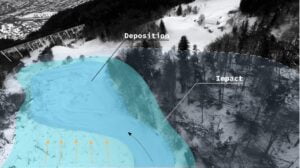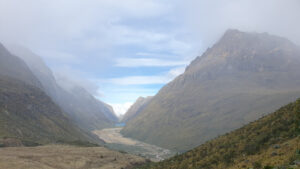Abstract/Description
High Mountain Asia has experienced significant warming in recent decades. Changes in both temperature and precipitation patterns have strongly impacted regional hydrology, including changes to glaciers, snowmelt, and river systems. Here we examine long-term (1983-2023) and high-resolution (30 m) changes in water-surface temperature over a large and topographically diverse region encompassing the world’s highest mountains. We find that water-surface temperatures have significantly increased in the vast majority of the study area — especially in snow-covered and high-elevation regions — with a noted acceleration over the past decade. While some of this warming can be explained by increasing regional air temperatures, we find that surface water is warming faster than nearby dry areas. We posit that modifications to snowmelt timing and volume have created strong spatial heterogeneities in surface-water warming. These impacts will be felt both directly by cold-water flora and fauna, and downstream through decreases in surface-water quality.


